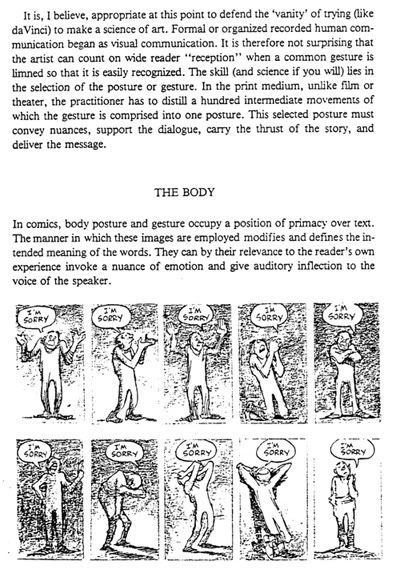
Tuesday, October 30, 2007
Wednesday, October 24, 2007
Faces & Animation
Faces: Check
Emotion: Check
Robot: Check
This film, Dollface, has it all. It's made by USC undergrad, Andy Huang. Check it out:

Friday, October 19, 2007
Warhol's Screen Tests
Warhol’s Screen Tests are revealing portraits of hundreds of different individuals, shot between 1963 and 1966. When asked to pose, subjects were lit and filmed by Warhol’s stationary 16mm Bolex camera on silent, black and white, 100-foot rolls of film. Each Screen Test is exactly the same length, lasting only as long as the roll of film. The standard formula of subject and camera remaining almost motionless for the duration of the film, results in a “living portrait.”
Edie Sedgewick's Screen test:
Salvador Dali's (rephotographed):

Thursday, October 18, 2007
Sunday, October 7, 2007
The Passion of Joan of Arc

Roger Ebert writes:
Why did Dreyer fragment his space, disorient the visual sense and shoot in closeup? I think he wanted to avoid the picturesque temptations of a historical drama. There is no scenery here, aside from walls and arches. Nothing was put in to look pretty. You do not leave discussing the costumes (although they are all authentic). The emphasis on the faces insists that these very people did what they did. Dreyer strips the church court of its ritual and righteousness and betrays its members as fleshy hypocrites in the pay of the British; their narrow eyes and mean mouths assault Joan's sanctity.
To modern audiences, raised on films where emotion is conveyed by dialogue and action more than by faces, a film like ``The Passion of Joan of Arc'' is an unsettling experience--so intimate we fear we will discover more secrets than we desire. Our sympathy is engaged so powerfully with Joan that Dreyer's visual methods--his angles, his cutting, his closeups--don't play like stylistic choices, but like the fragments of Joan's experience

Speaking of Emotional Robots
Friday, October 5, 2007
Programing Emotions
Wednesday, October 3, 2007
An Excerpt From Will Eisners' Graphic Storytelling-
Tuesday, October 2, 2007
Repeating Ourselves




We have since been repeating the same motions, repeating the act of projecting our thoughts, ideas and self image into all sorts of medium like rock frescos, sculpture, print, photography. We endlessly reproduce the human form in many ways as if to become inmortal through the expression of these forms. As if we would live forever through these time enduring stone impressions of ourselves.
In a way, facial expression and emotions could be considered the original sin, the apple that had us cast from eden. For facial expression was the precursor of communication and gave way to the more sophisticated methods of communication like language and writing. It is not by chance then that all art forms are filled with endless iterations of the human form, especially the face.

 Even today we continue to observe this trend as we strive to reproduce the face with extreme realism for films, commercials, tv, etc... You could say that some consider the human face to be the holy grail of art.
Even today we continue to observe this trend as we strive to reproduce the face with extreme realism for films, commercials, tv, etc... You could say that some consider the human face to be the holy grail of art.









